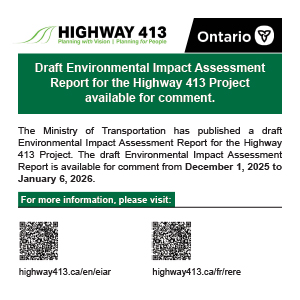By Mari Yamaguchi TOKYO (AP) — Rice is essential to Japanese culture, tradition and politics. People take pride in the oval-shaped sticky Japonica grain, which is still a staple even though total consumption has fallen over the decades. But since last summer, prices have soared as supplies have fallen short of demand. The government has long paid farmers to cut back on rice acreage, and change to other crops to keep rice prices relatively high. To cope with shortfalls this year, the government has released rice reserves. But the grain has been slow to reach supermarket shelves. Anger over that was part of the reason the agriculture minister quit this week. Consumers are frustrated and wondering where’s the rice? Why did the farm minister resign? Agriculture Minister Taku Eto resigned…












